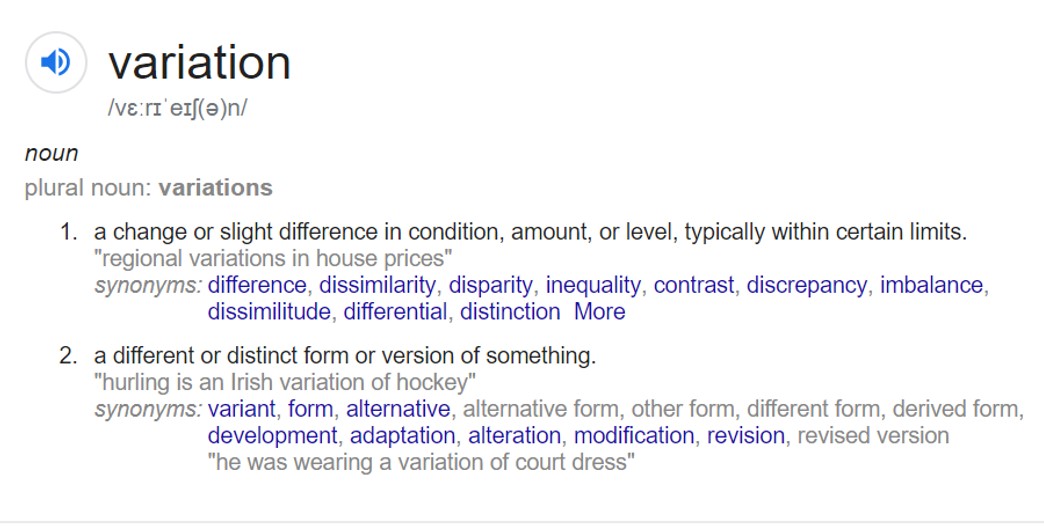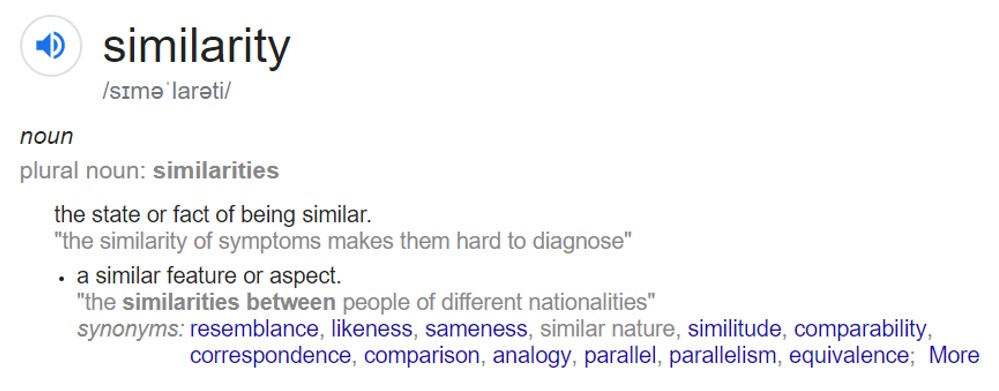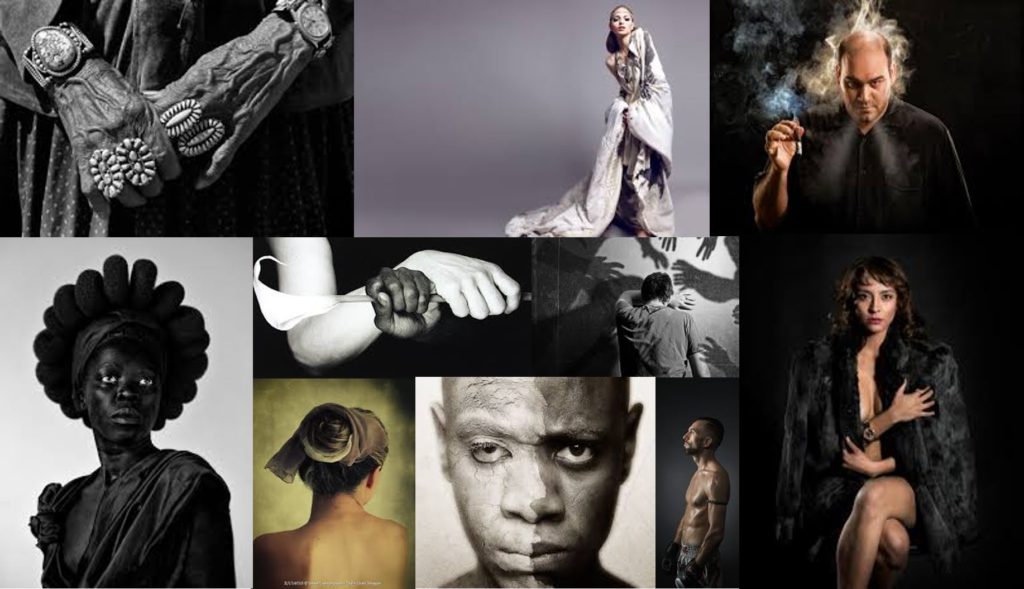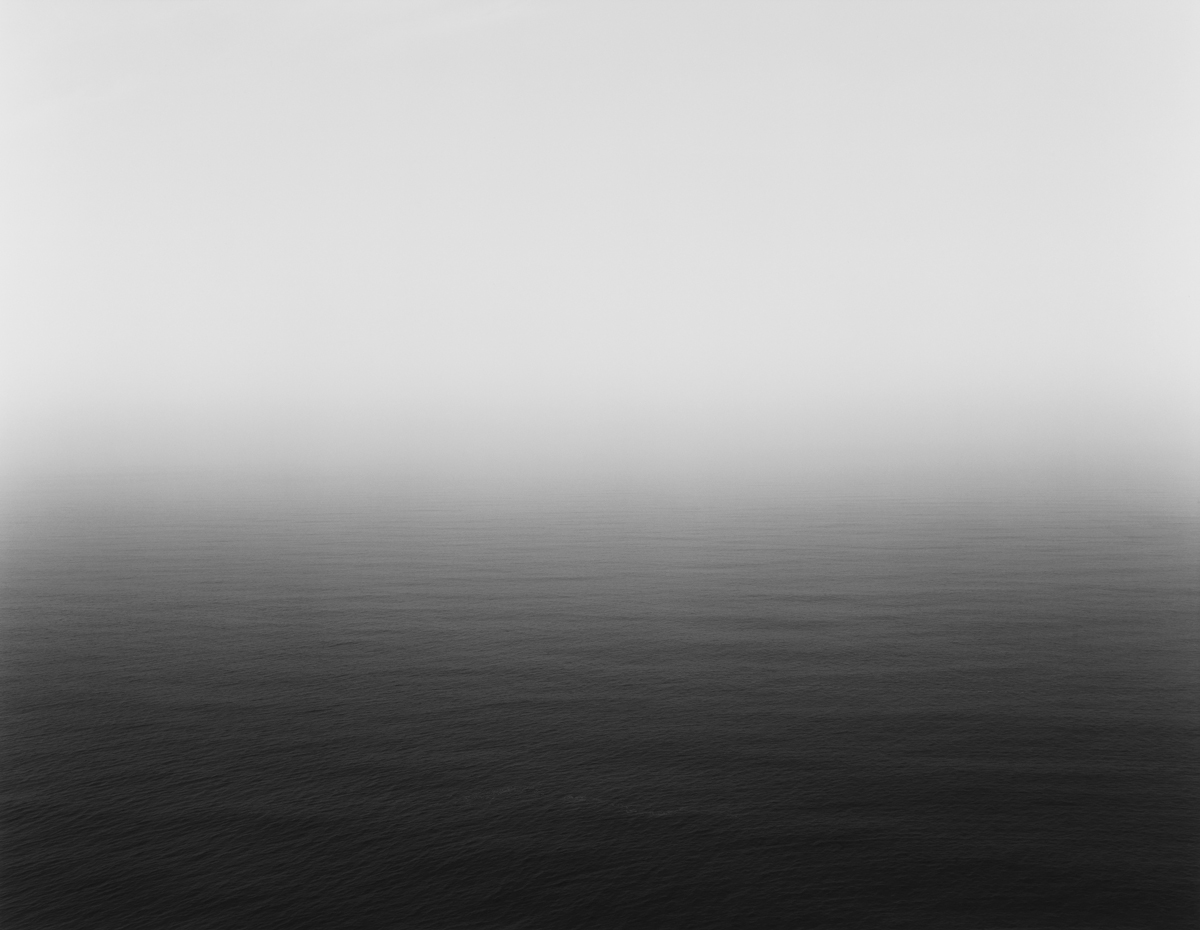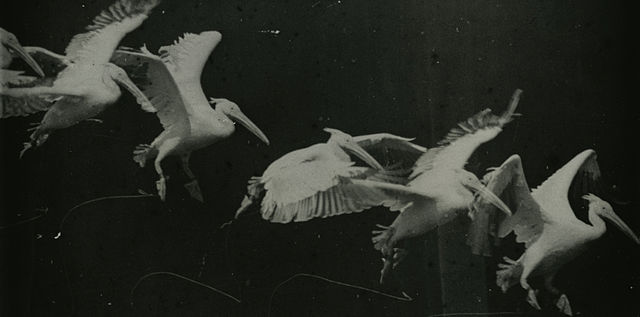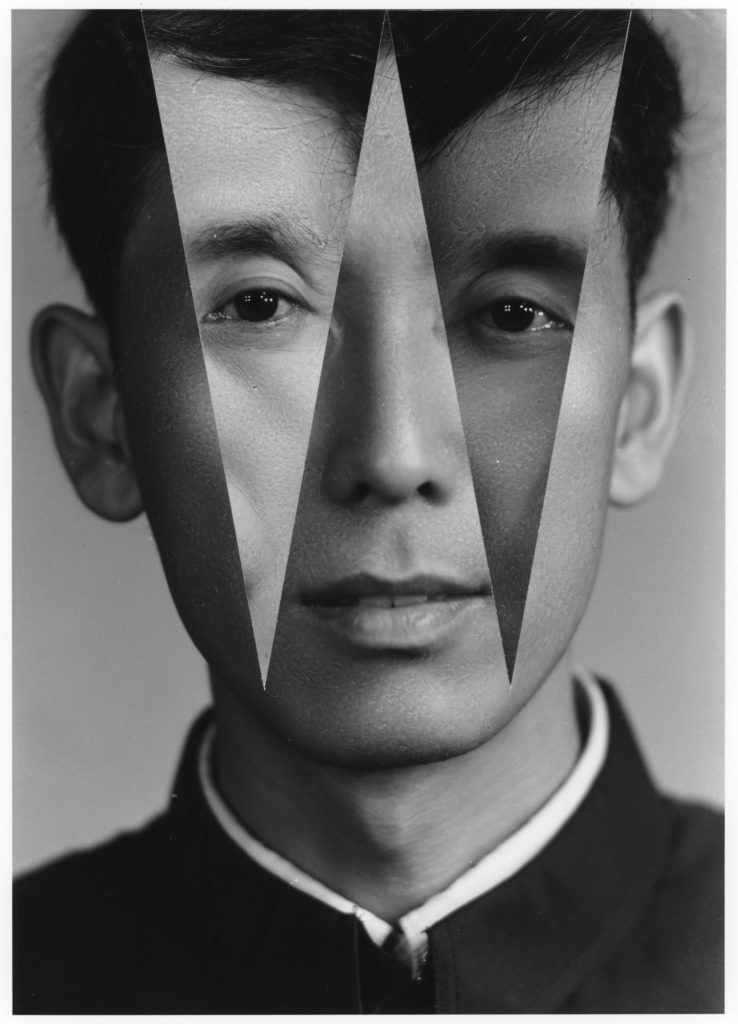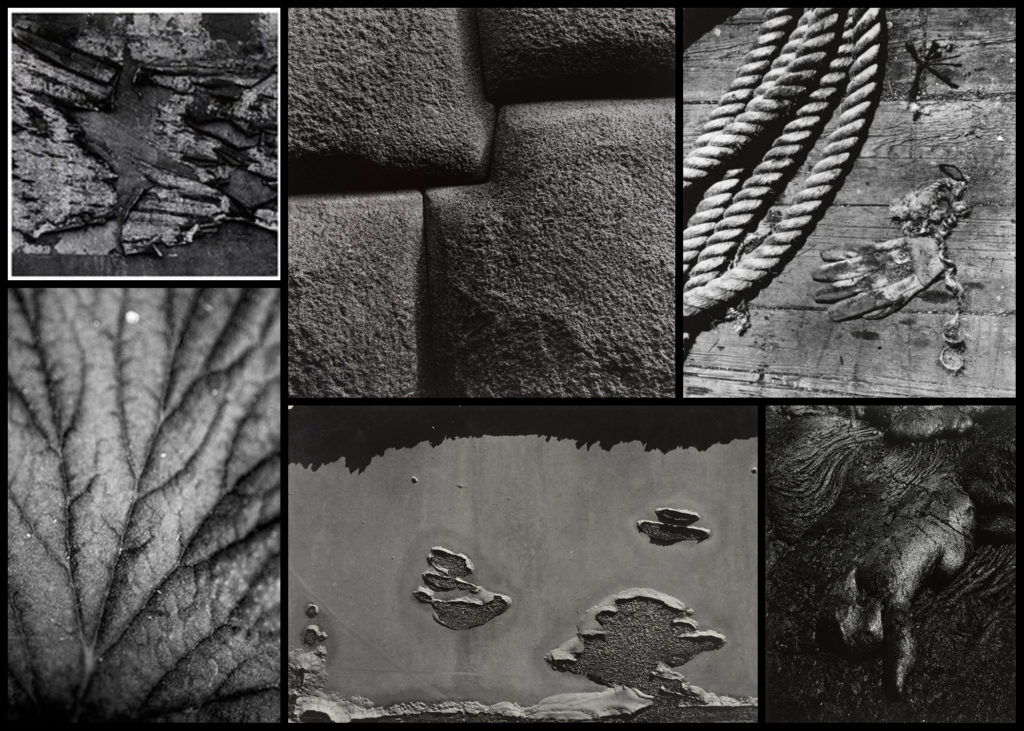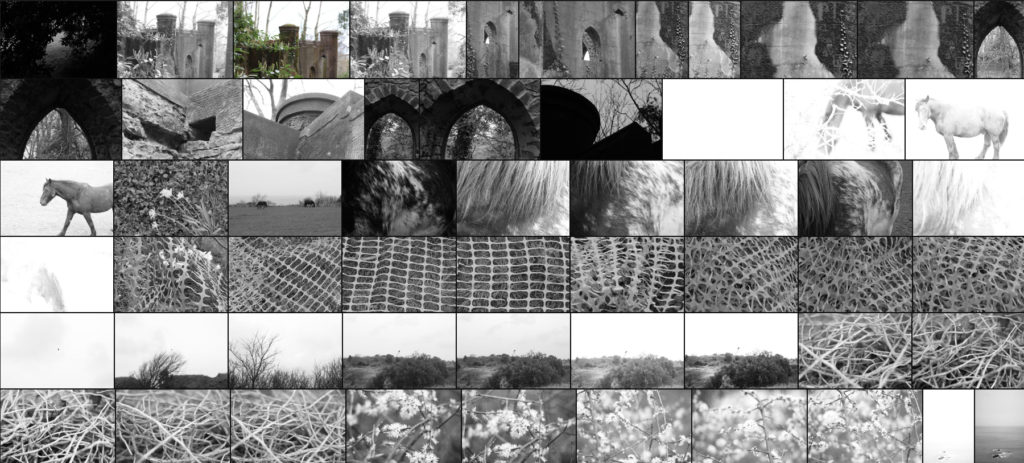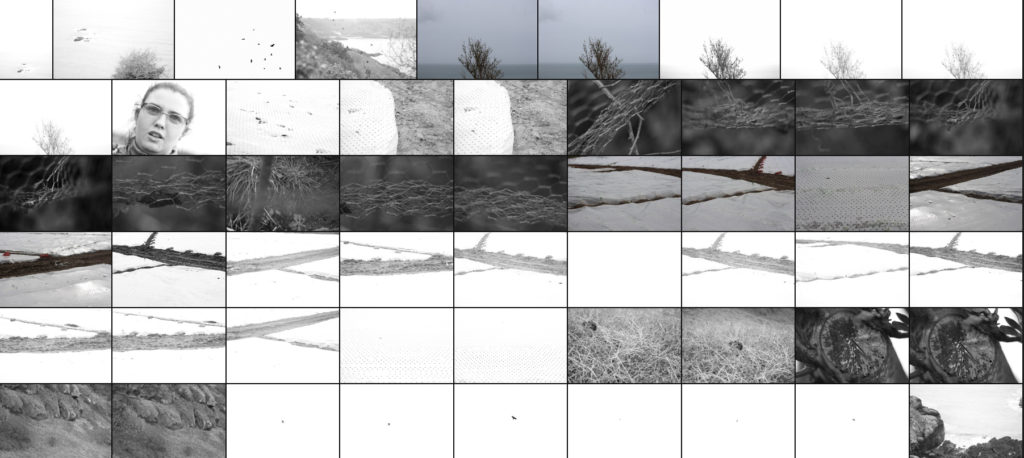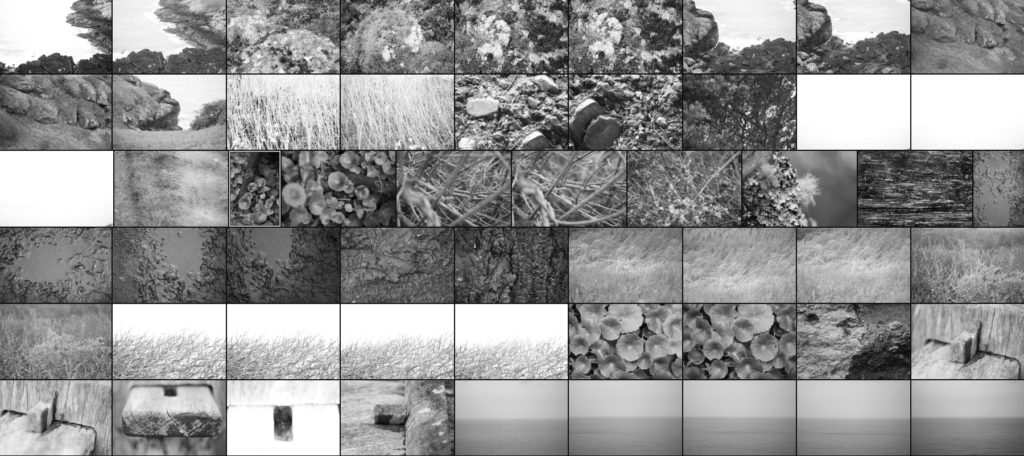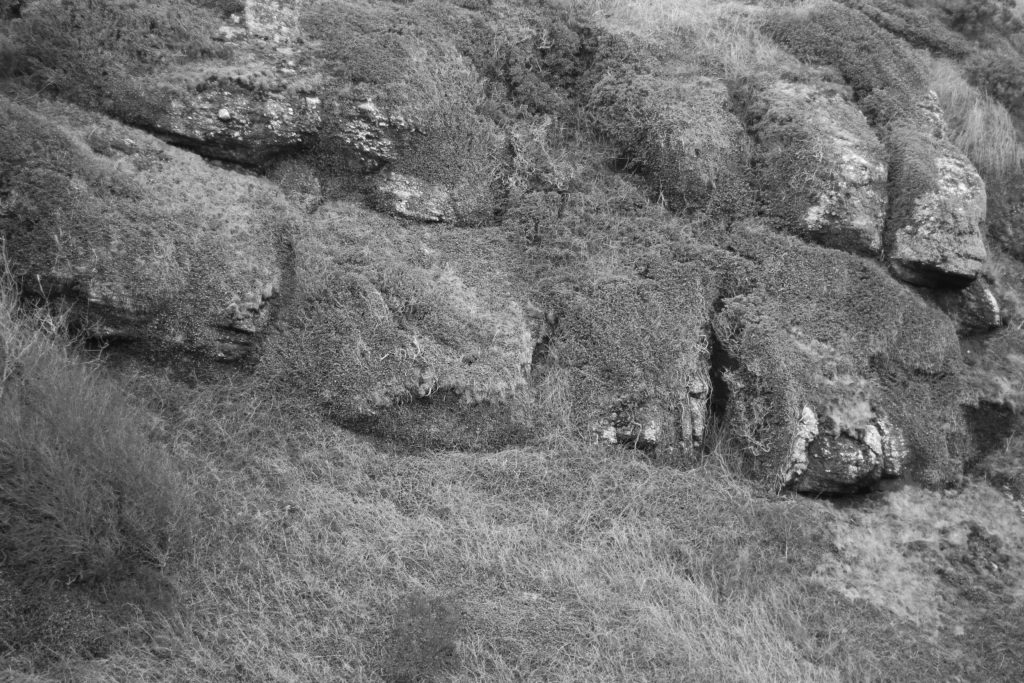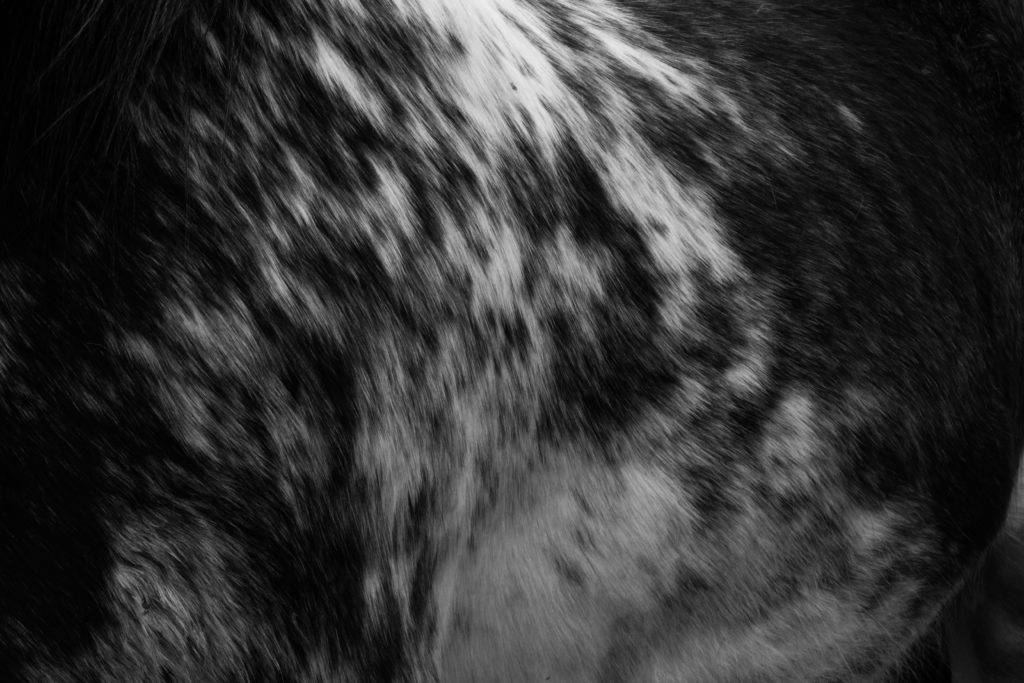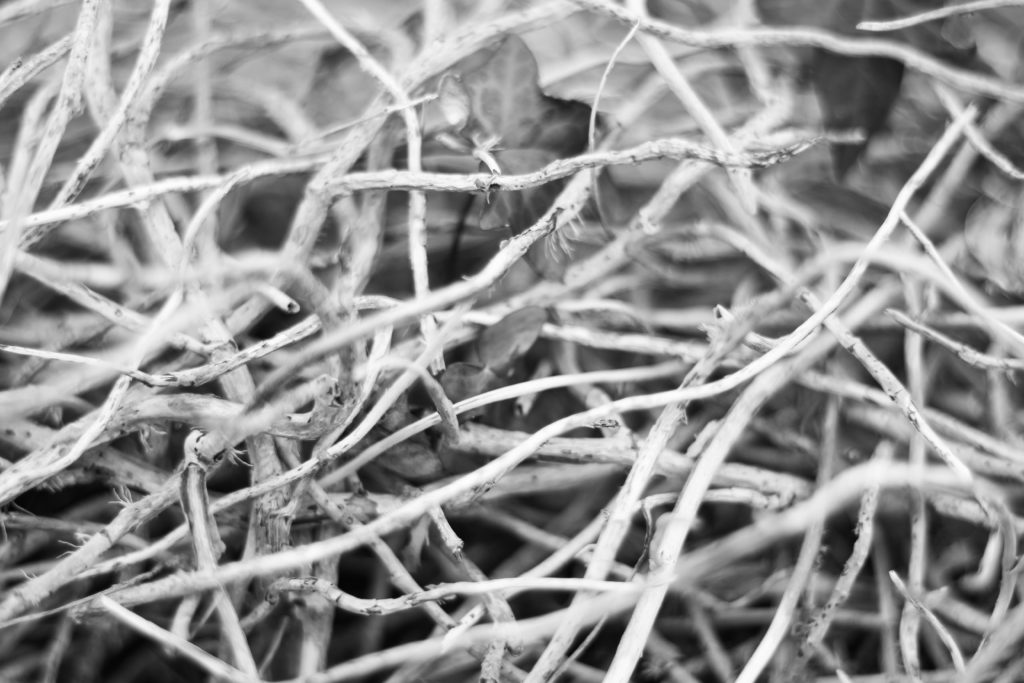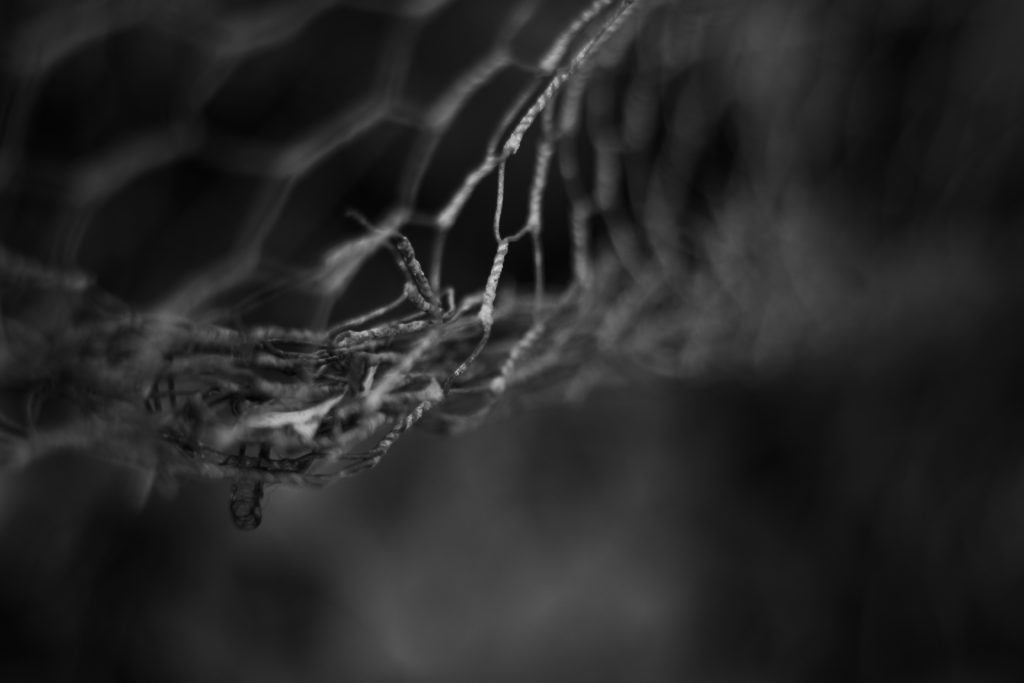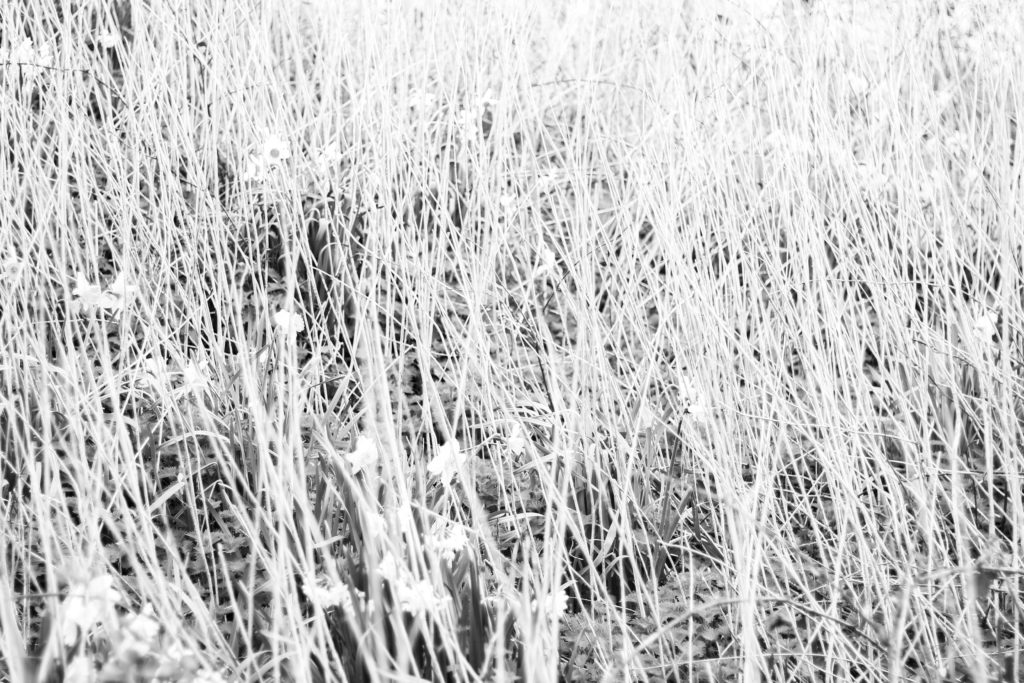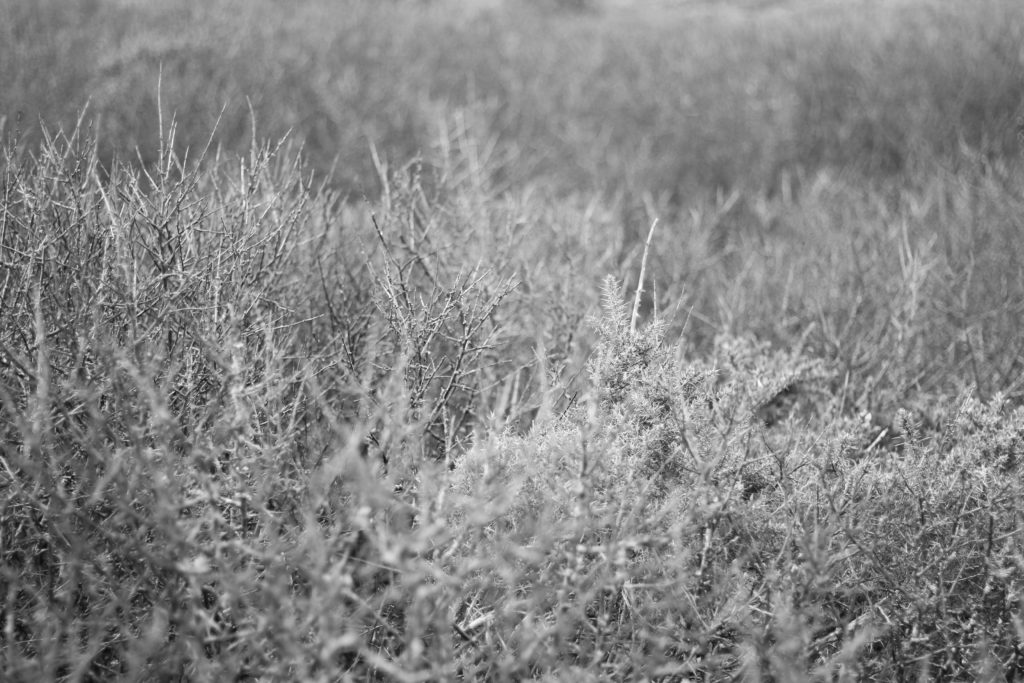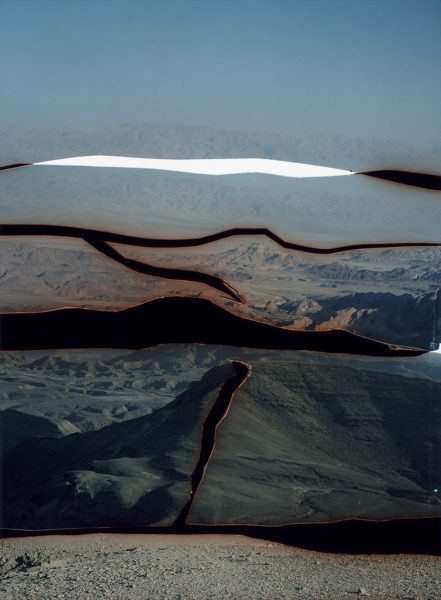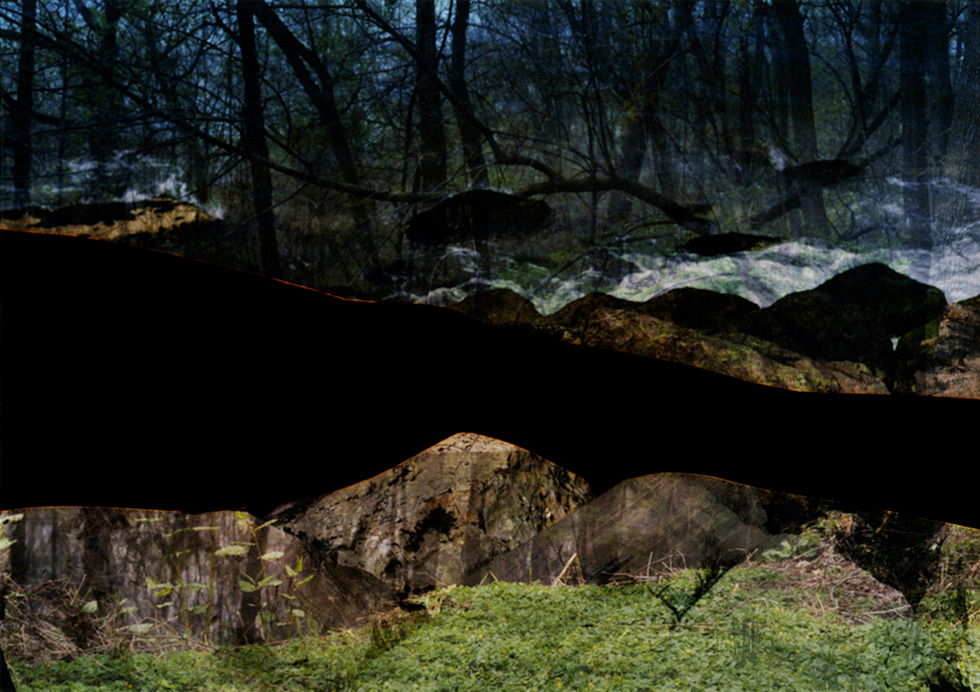Inspired by Haystacks and the notion of effects of changing light I have decided to peruse a shoot series looking at this. For these shoots I have focused on a specific location this being the white house at St Ouens bay. The reason I chose this location was due to the fact it is a popular location for local photographers on the island and therefore will be a very different approach to how the majority of people chose to photograph it. Also i like how the shape of the building linked with the shape of haystacks with a cone shaped top. I have decided to achieve the best result i will photograph it at different times of the day also whilst varying on the days I shoot to get a variety of weather conditions. Through this series of photo shoots I will be showing the changing light and how it colored the surroundings of the same place. Also inspired by Sugimoto there will be a representation of time and movement within this. I will use the typology method at the end of all the shoots to show the impact the light has on perspective.
Contact Sheet
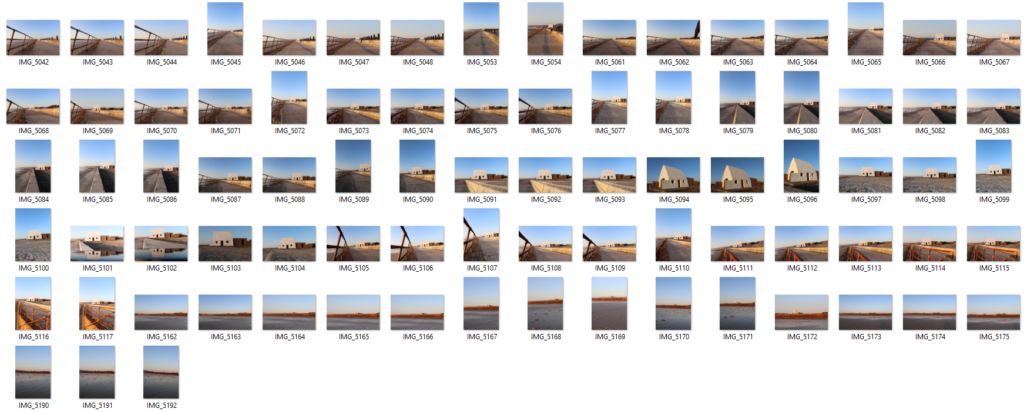
My Edited Images
Overall, I think this photo shoot has been successful in demonstrating the golden hour light upon the white house. I think I have clearly portrayed the lighting within this hour and through the editing process in Lightroom I have made this much more enjoyable for the audience. Originally the photos were much too harsh and the harsh yellows did not blend well causing a distraction for the viewer. Therefore in Lightroom I adjusted the yellows to become slightly more orange whilst changing the blues to aqua to create a nice contrast. These two colors compliment each other creating an overall successful aesthetic. To further develop this shoot I think it could be interesting to mess around on photoshop trying to create brush strokes in the style of ‘impressionism’ and like Monets haystacks series. Or perhaps i could try and create a faded look similar to Sugimotos seascapes project. I have intentions on re-visiting this location when it is cloudy and dark creating more dramatic and moody images that will transform the landscape into something that will far differ from the one I have depicted in this shoot.
Analysis of my favorite Image from the shoot
I captured this image using natural lighting which allowed me to bring out the natural shadows and shapes within the sand and sky. Using natural lighting was one of the key factors that i had in mind when going on this shoot as my overall intention is to show how a landscape is transformed in different lighting/weather conditions. There is a subtle tonal range with the most part of the picture dominated by the brightness of the sky there are also some variety of highlights and shadows within the sand creating a very interesting texture. Clearly, these images were captured on a very sunny and bright day therefore a low ISO of 100 was used with a relatively fast shutter speed of 1/200. Having a low ISO allowed me to keep a high resolution image preventing little to no grain in the image.
I really liked this image due to the overall composition and textures that are present. Linking to Sugimotos seascapes project I have incorporated a method that he used where he bifurcated exactly in half by the horizon line however I have used the sea wall as my point to divide from. The interesting textures within the sand help to draw the viewer to the main subject thus being the white house. I also like how there is a direct contrast between the many textures within the bottom half of the picture compared to the top half were it is all one constant texture. This incorporation of variety at the bottom and similarity at the top is a direct link to the exam project title.
The concept behind this image is the notion of movement and time implied through the light which although appears in this photograph as something that is always there, is not and is always changing. Also the textures within the sand help to show this sense of time as it appears to be moving just like how the sun is always moving that creates a variety of light. The photographs from this shoot show just one perspective of a landscape and indicate the one perspective we usually have of a landscape. However through multiple shoots at the same location I intend to show how the image should differ throughout time.



















